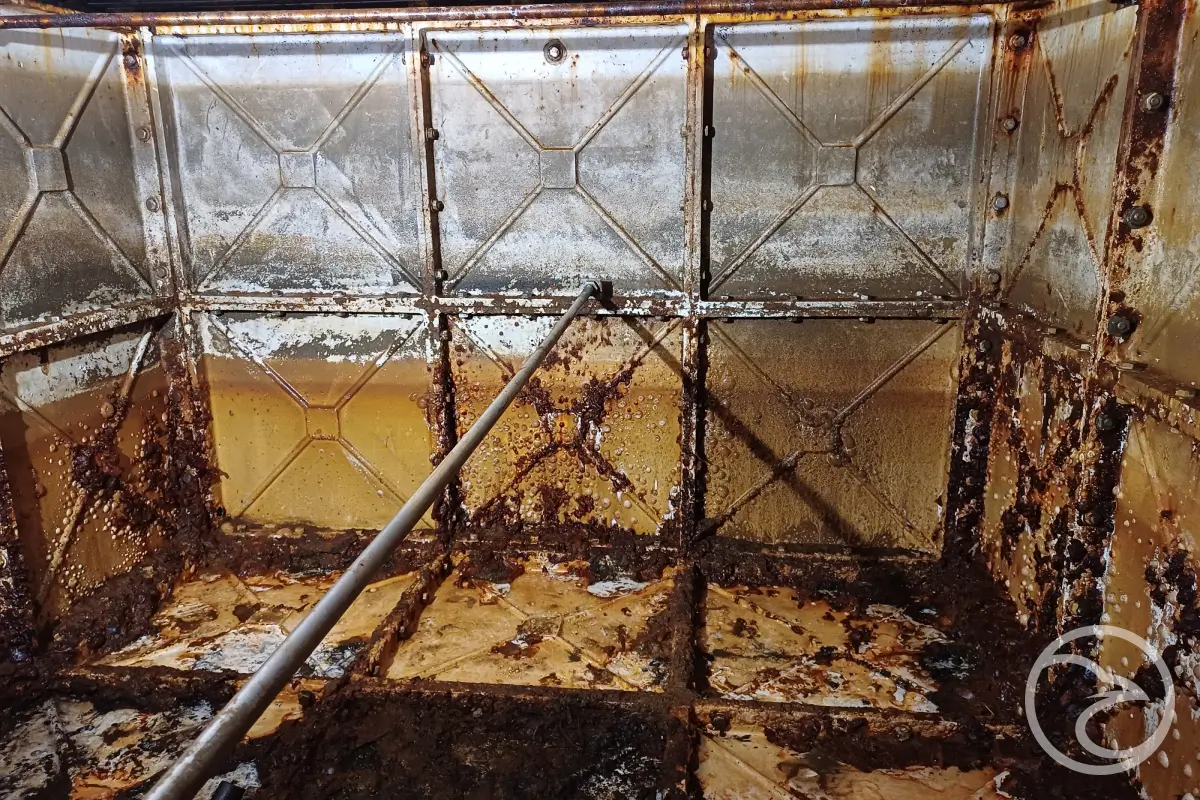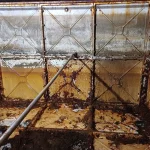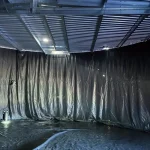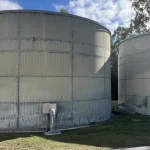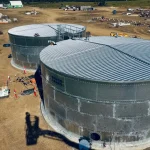Steel water tanks are essential assets for commercial, industrial, and emergency water storage systems across Melbourne. However, without proper protection, these tanks are vulnerable to one of their biggest long-term threats — corrosion. Rust can weaken structural integrity, contaminate stored water, cause leaks, and significantly shorten the lifespan of even high-quality tanks. That’s why effective water tank corrosion prevention is critical for long-term reliability.
For businesses relying on reliable water storage, corrosion prevention is not optional — it’s an operational necessity. This guide from Tank Inspections Melbourne by Raven Tanks Australia explains the causes of corrosion, early warning signs, and the most effective strategies to protect your steel tanks for decades.
Why Corrosion Happens in Steel Water Tanks
Corrosion is a natural electrochemical process that occurs when steel reacts with oxygen and moisture. In water tanks, several factors accelerate rust formation:
- 1. Constant Water Exposure: Even treated water contains dissolved oxygen, minerals, and microorganisms that can accelerate corrosion — especially in potable and fire water tanks.
- 2. Poor or Aged Coatings: When protective coatings deteriorate, exposed steel becomes an easy target for oxidation.
- 3. Sediment Build-Up: Sediments and sludge trap moisture and bacteria against the metal surface, promoting corrosion in hidden areas.
- 4. Tank Roof Damage or Leaks: A compromised tank roof allows rainwater and humidity to enter, creating a perfect environment for corrosion. In many cases, severe corrosion issues begin after roof deterioration – making timely tank roof replacement crucial.
- 5. pH Imbalance and Water Chemistry: High or low pH levels accelerate metal degradation, especially in industrial storage systems.
Understanding these risks is the first step in planning a proactive corrosion prevention strategy.
Early Signs of Corrosion You Should Never Ignore
Regular tank inspections often reveal early indicators long before structural damage occurs. Watch for:
- Brown or orange rust stains on internal or external walls
- Pitting or small holes in steel panels
- Bubbling, peeling, or blistering tank coatings
- Sediment discoloration inside the tank
- Weak or thinning metal areas
- Rust present around fittings, bolts, and reinforcement points
Corrosion is progressive — early detection saves thousands in repairs and prevents unexpected tank failures.
Best Practices to Prevent Corrosion in Steel Water Tanks
1. Apply High-Quality Protective Coatings
A professionally applied internal coating is the most effective line of defence.
Modern options include:
- Industrial-grade epoxy coatings
- NSF/AS-approved protective liners
- Polyurethane coatings for chemical resistance
Proper coating prevents direct contact between steel and water, stopping corrosion at its source.
2. Install a Tank Liner
For tanks storing potable water, a durable liner offers superior long-term protection.
Liners also reduce contamination risks and extend tank lifespan significantly.
If your tank requires relining, schedule professional tank liner installation to ensure correct fitting and leak prevention.
3. Use Cathodic Protection Systems
Cathodic protection, such as sacrificial anodes, redirects corrosion from the tank wall to the anode material. This method is widely used in high-risk environments and is extremely effective for older steel tanks.
4. Maintain a Structurally Sound Roof
Since humidity, rainwater, and sunlight exposure contribute to corrosion, a strong, sealed tank roof protects your tank from environmental damage.
If your roof shows signs of rust, deformation, or leaks, consider timely tank roof replacement to stop moisture entering the storage system and accelerating corrosion.
5. Schedule Regular Internal Cleaning
Sediment and biological growth accelerate corrosion when left unchecked. Routine cleaning helps maintain clean surfaces and prevents rust formation.
Include internal cleaning as part of your maintenance strategy:
- every year for potable water systems
- every 2–3 years for fire water tanks
If your tank needs a deep clean, book potable water tank cleaning as part of scheduled maintenance.
6. Conduct Routine Professional Inspections
Inspection is the backbone of corrosion prevention.
Certified technicians can identify:
- coating failures
- early pitting
- roof deterioration
- seam corrosion
- structural risks
Professional inspection reports help prioritise repairs before problems escalate.
Businesses across Melbourne rely on Tank Inspections Melbourne by Raven Tanks Australia for reliable compliance inspections, structural assessments, and safety checks.
7. Repair Corroded Areas Before They Spread
Even minor corrosion patches can quickly turn into structural failures.
Timely repairs may include:
- rust removal
- panel refurbishment
- recoating
- reinforcement of weakened areas
Neglecting repairs increases long-term costs and puts your water storage system at risk.
Severe damage may require complete tank refurbishment, especially when corrosion affects panel strength or structural integrity.
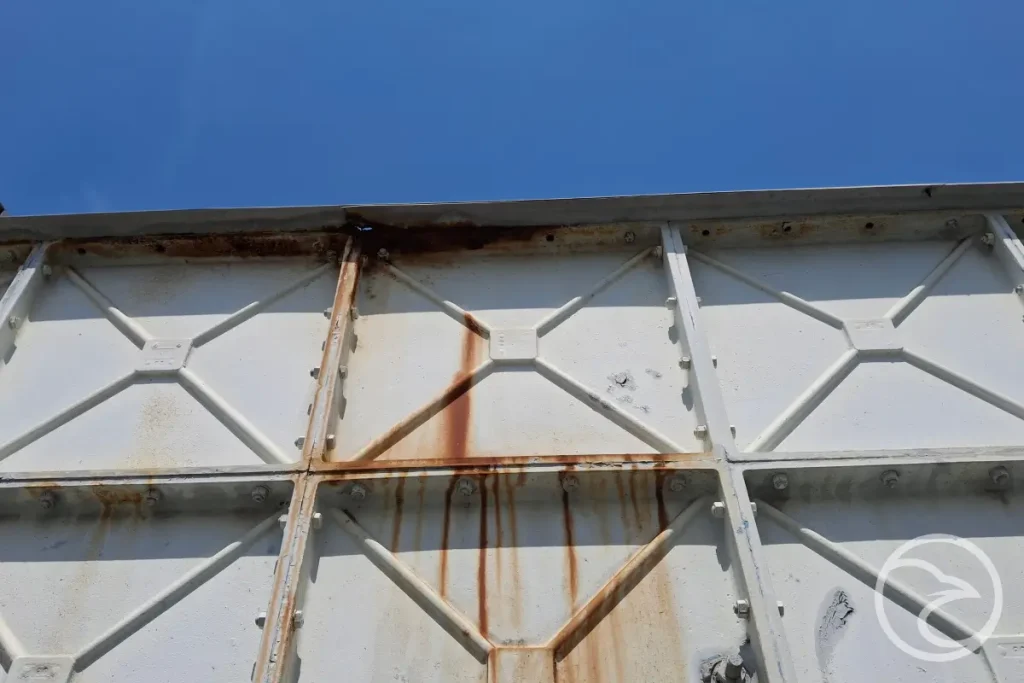
Why Corrosion Prevention Matters for Melbourne Businesses
Steel water tanks support critical operations — from firefighting readiness to commercial water supply.
Corrosion prevention helps you:
- extend tank lifespan
- prevent tank leaks and contamination
- improve water quality
- avoid expensive emergency repairs
- maintain compliance with Australian standards
- protect your property and operations
In Melbourne’s varying climate conditions, corrosion prevention is one of the most cost-effective investments a facility can make.
Work With Melbourne’s Corrosion Prevention Experts
Whether you operate a potable water tank, fire water tank, or industrial storage system, effective water tank corrosion prevention is essential to ensuring long-term tank performance and structural reliability.
Tank Inspections Melbourne by Raven Tanks Australia provides:
- comprehensive corrosion inspections
- internal and external coating assessments
- tank cleaning and sediment removal
- tank roof replacement for damaged roofs
- refurbishment and panel repair services
- annual compliance reporting
Effective corrosion prevention starts with proactive maintenance and expert support.
